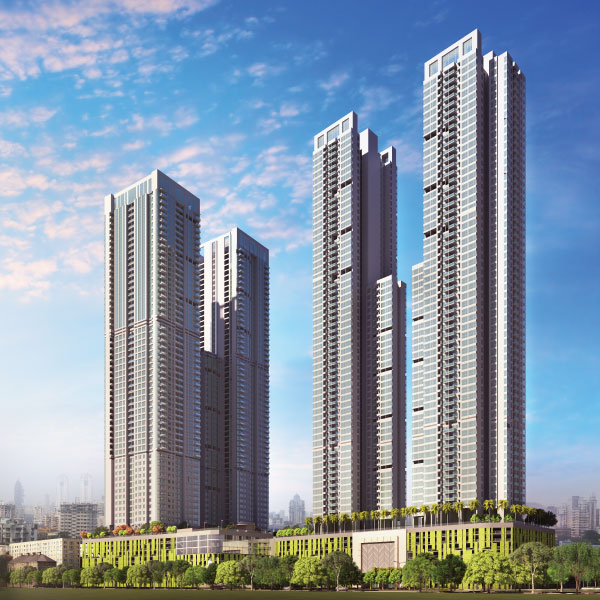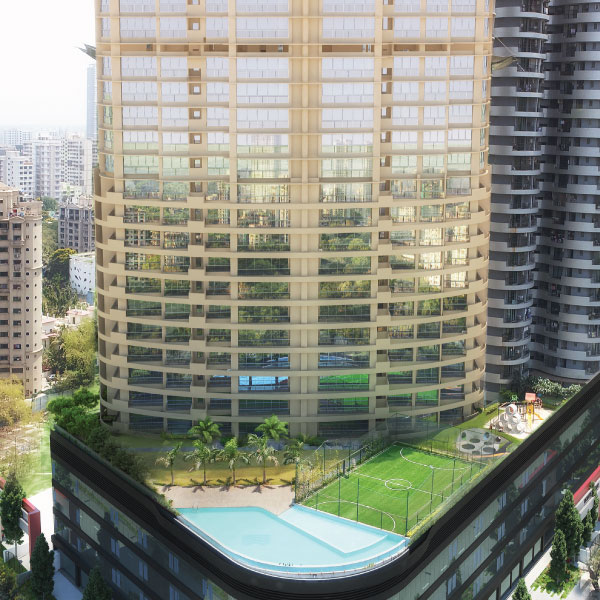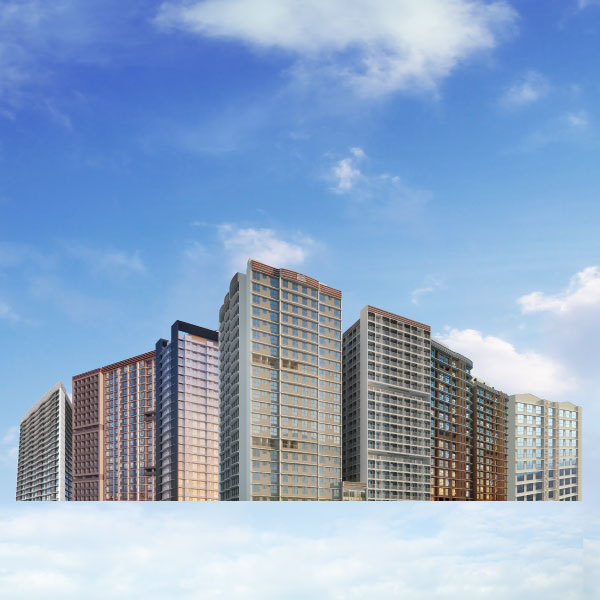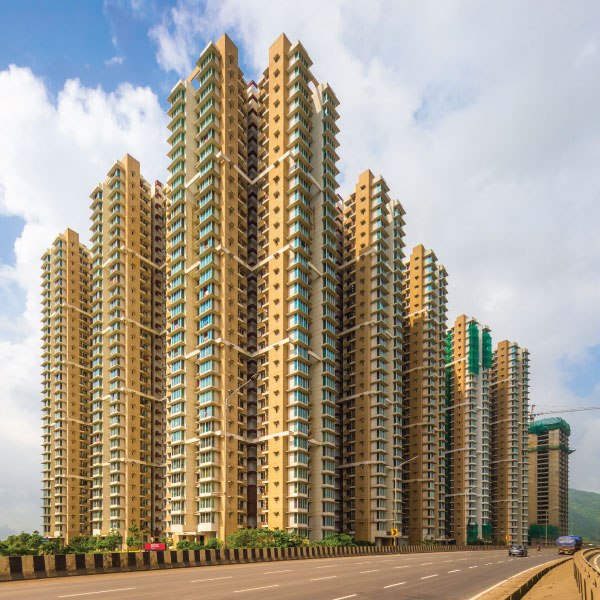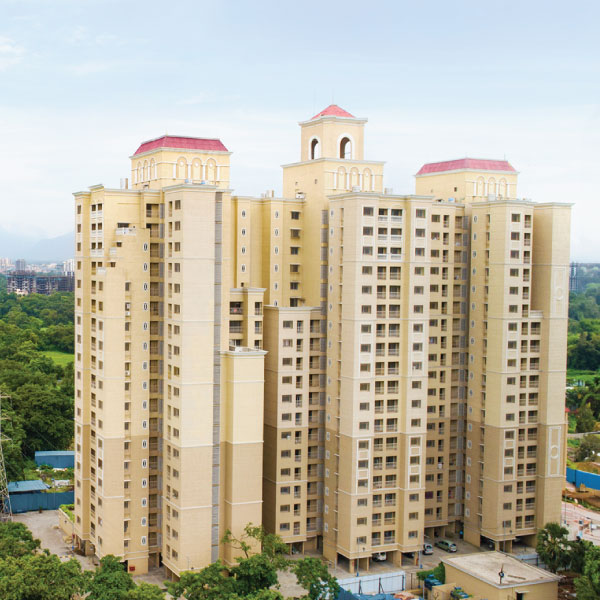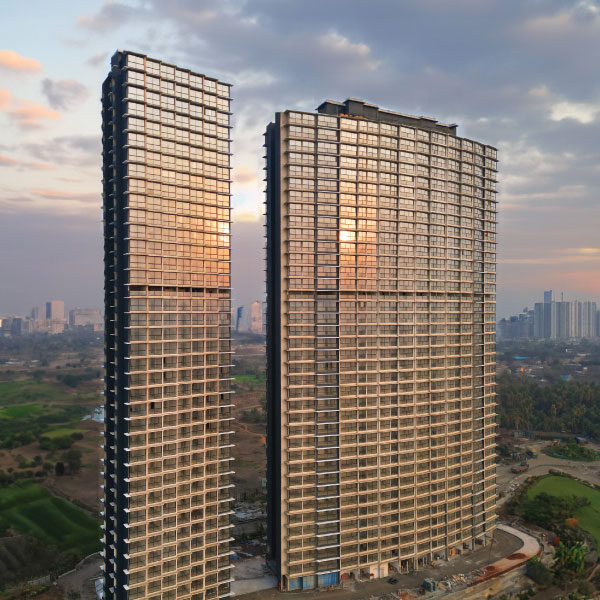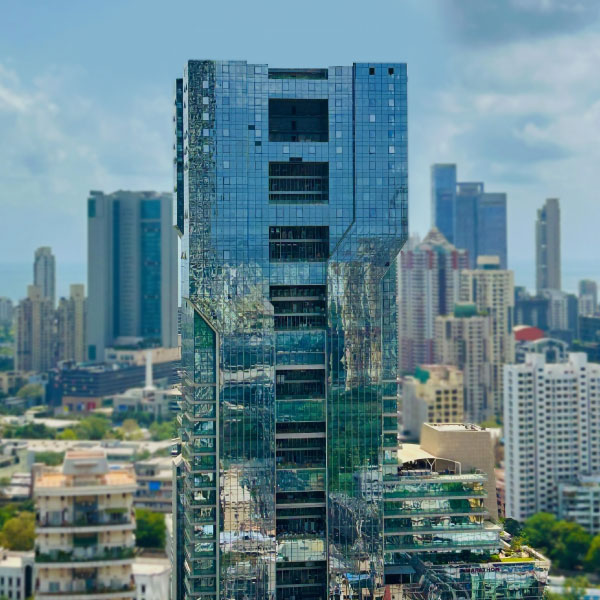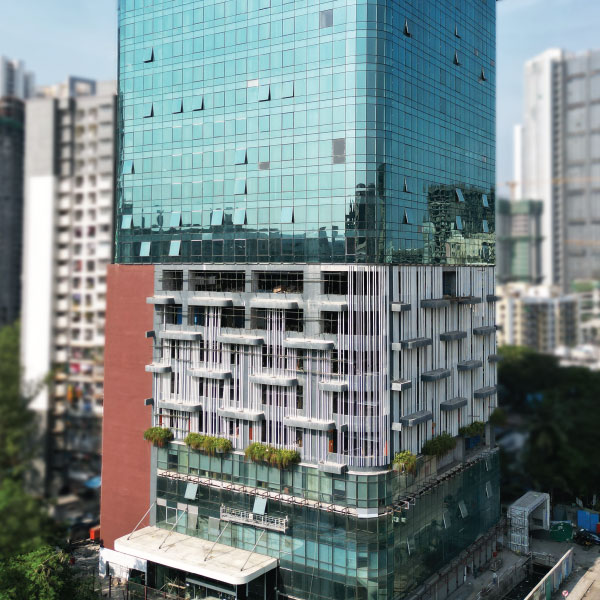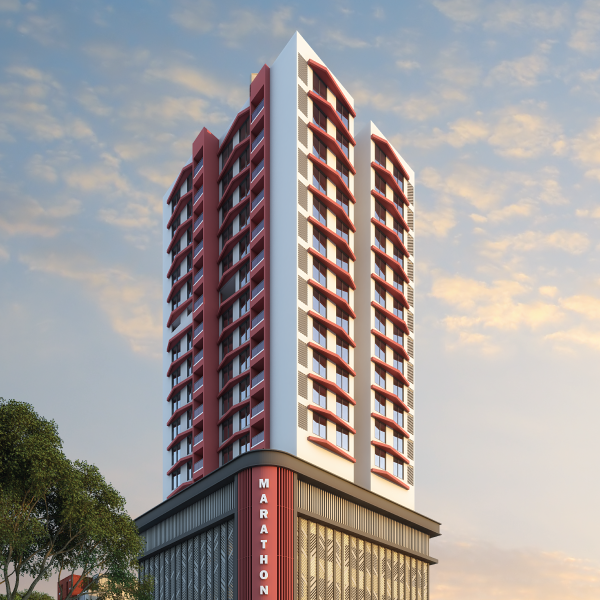Everything you need to know about the new Mumbai DP
Last Updated on, November 1st, 2022
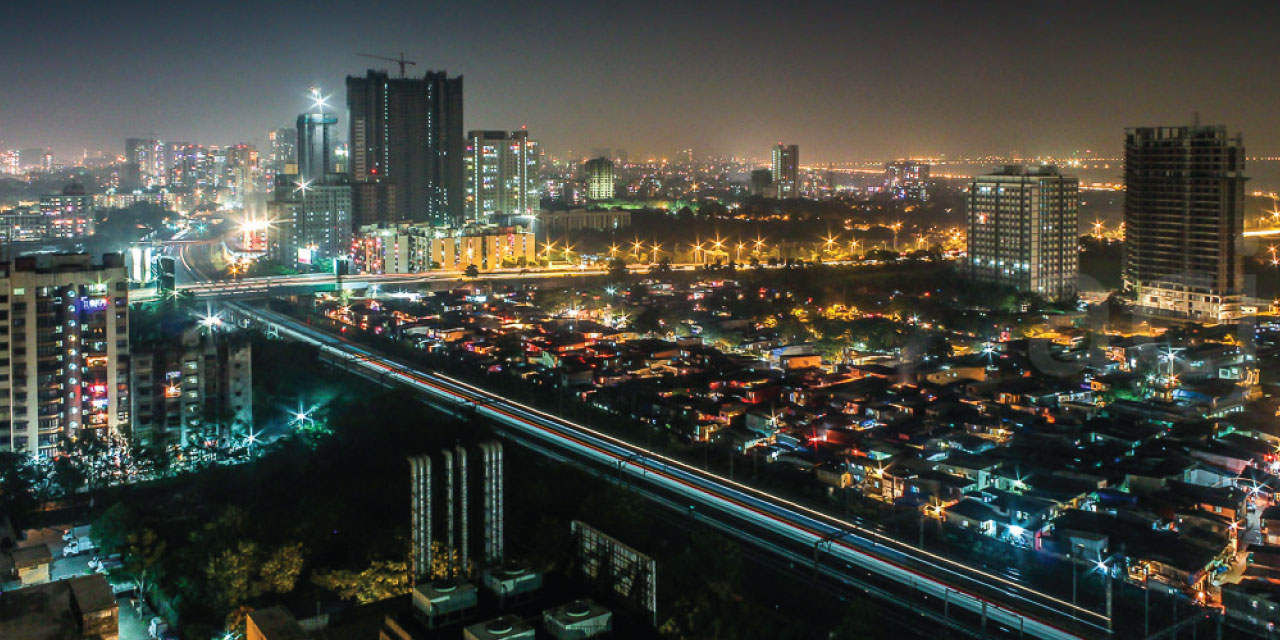
With the new 2034 DCPR (Development Control Promotional Rules) coming into action this week, Mumbai is all set to get a makeover. The government has significantly reworked it’s policy in order to move towards it’s vision of cementing Mumbai’s place as the financial capital of the country. The new DCPR sets into motion some long overdue changes which are sure to affect the city’s growth trajectory for decades to come. Mumbai has historically seen a large migrant population – this, coupled with strict building regulations and large swathes of Special Development Zones (SDZ), has forced the city to grow vertically and has resulted in one of the highest population densities in the world. The 2034 DCPR opens up new avenues for land development for both, commercial and residential use.
Here are some of the key policies in the plan:
Increased residential FSI
The administration, in order to effectively house the expected incoming population and control the increasing real estate prices, has bumped up residential FSI across the city as well. The new proposed FSI is 3 in the Mumbai metro region and 2.5 in the suburbs – a substantial increase over 1.33 and 2 respectively. The most significant change in the FSI can be seen in the Mumbai metro region – this will make redevelopment a very attractive option in many of the older residential buildings in the South Mumbai region.
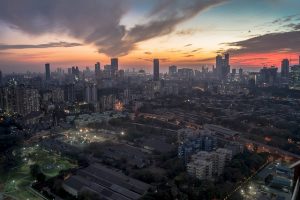
South Mumbai is likely to see heightened construction activity
Increasing supply of commercial properties
For commercial properties, the FSI is proposed to increase by upto 375% to 5, in both, the core city areas as well as the suburbs. This is sure to spur construction of commercial spaces and is likely to lure several large organisations to the city, given the ready availability of talent and infrastructure. This move, according to the Deccan Chronicle, has the potential to create 8 million new jobs in the city.
Opening up of SDZ’s
In a bold move, a whopping 3734 hectares of land, which was previously classified as SDZ has been opened up for development. A major chunk out of this (2100 hectares) will be earmarked for affordable housing schemes. In addition to this, 1214 hectares of salt pans, spread across the eastern and western suburbs of the city have also been declared developable.
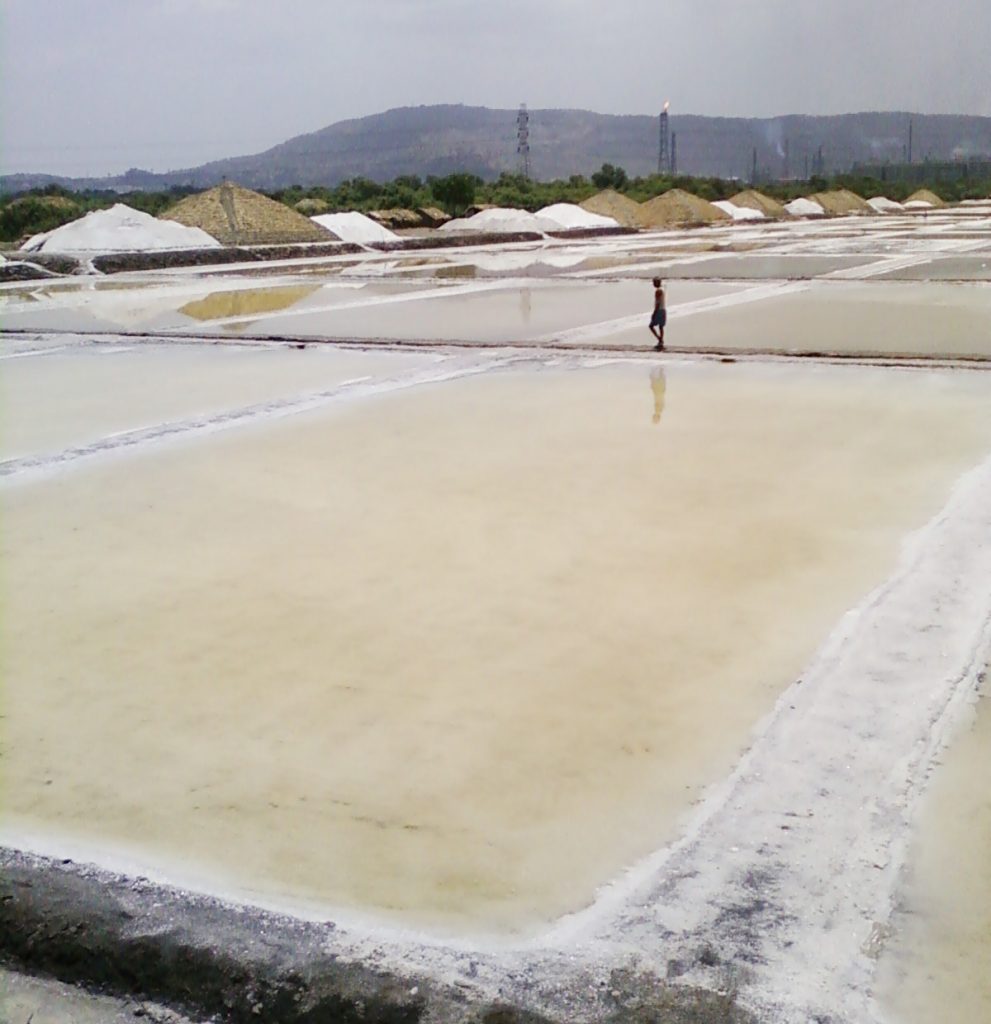
Large tracts of salt pans will now be developable
Push towards affordable housing
With the increased focus on affordable housing in India’s cities, the administration is expecting the construction of 10 lakh affordable homes in Mumbai till 2034. Unit sizes between 30-60 sq. m. with prices ranging from 60-75L will constitute a majority of the new construction. This, in conjunction with various other schemes like PMAY will open up the Mumbai real estate market to the affordable home buyer.
With increased space for construction and higher FSI, the civic administration has concentrated on making Mumbai more affordable for the working class while ensuring sustained growth for the foreseeable future.
Sources:
https://www.moneycontrol.com/news/business/real-estate/mumbai-development-plan-2034-impact-realty-prices-to-correct-by-10-to-15-2558373.html
https://getmeroof.com/blog/2018/04/the-complete-guide-to-mumbai-development-plan-dp-2034/
https://indianexpress.com/article/cities/mumbai/mumbai-new-development-blueprint-from-today-fadnavis-5334571/
https://www.deccanchronicle.com/business/in-other-news/280518/mumbai-development-plan-2034-will-it-make-mumbai-great-again.html


